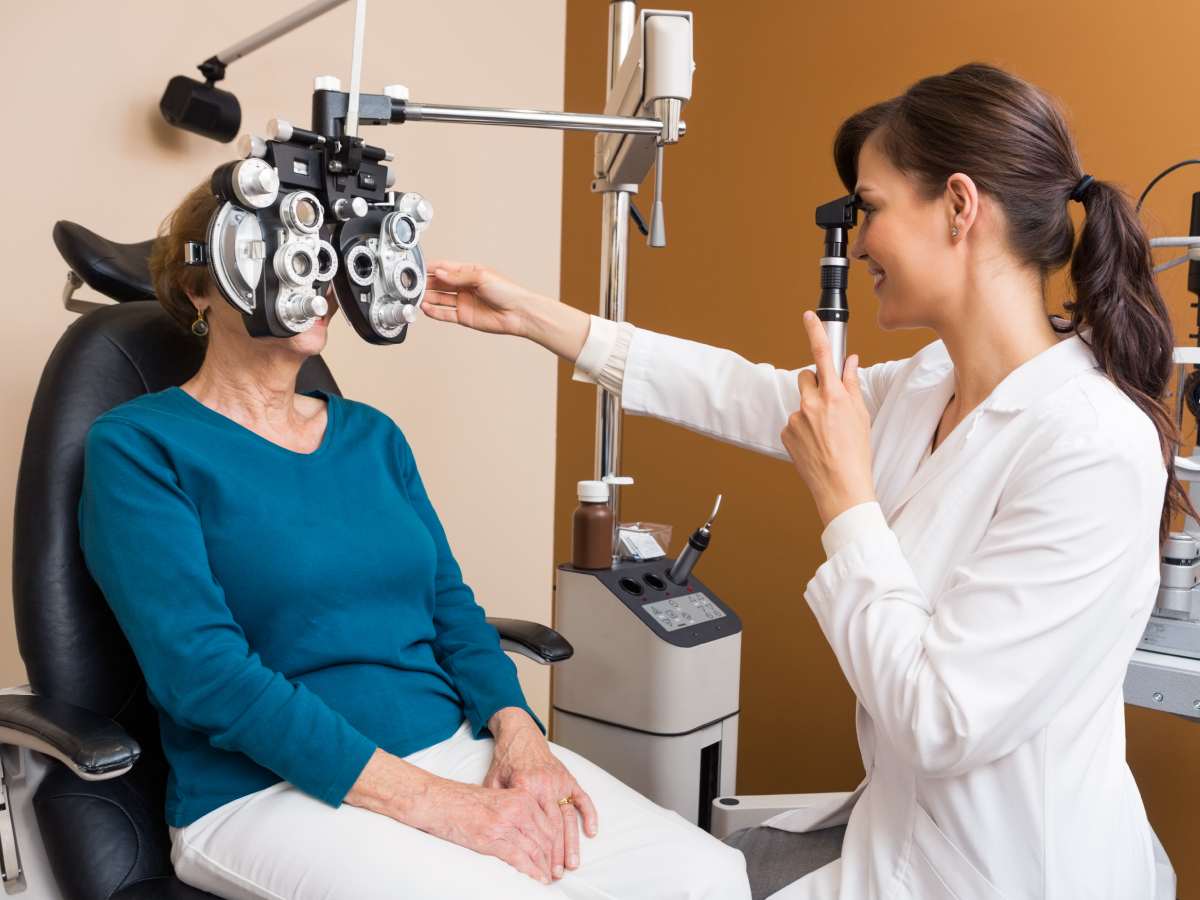
Retinoscopy is an exam that allows the ophthalmologist to know the measurement of the refractive power of an eye.
This technique allows diagnosing refractive defects that cause imperfect vision or failure to focus on the retina.
Retinoscopy, also known as skiascopy, can be performed by an ophthalmologist or an optometrist.
En Área Oftalmológica Avanzada We explain below what a retinoscopy is and how it is performed.
What is retinoscopy?
Retinoscopy is the test that measures the refractive power of an eye by interpreting a light projected on the retina by a retinoscope.
The reflection of light on the tissue makes it possible to detect defects in vision.
A skiascopy is performed to find out the focus failure of an image on the retina and determine the cause of imperfect vision or blurred vision.
In an eye without refractive error, the images seen pass through the cornea and crystalline, and converge, at their focal point, on the retina. These are clearly projected on the retina and from there travel to the brain.
In an eye with refractive defects, a correct focus cannot be made because the focal point is not on the retina, so the vision perceived by the person is blurred.
How is a retinoscopy performed?
Retinoscopy or skiascopy is a fairly simple test.
To perform the test, the doctor will place the retinoscope in front of the patient's eye, which must be seated and in an upright position.
The retinoscope emits a beam of light that is reflected on the retina and allows the ophthalmologist to objectively calculate the diopters of the refractive error.
Retinoscopy is a very easy test to perform on children, disabled people, deaf-mutes or people with some type of mental limitation.
The exam lasts a few minutes and does not represent any kind of discomfort or complication because this diagnostic test is not invasive.
Mohindra Retinoscopy
Mohindra retinoscopy is a schiascopy technique that is performed in pediatric patients.
Unlike the conventional procedure, in this type of retinoscopy the point of fixation of the patient, instead of being a distant one, it will be the light of the retinoscope.
This method is used when the patient is unable to cooperate in the subjective test or has difficulty sustaining attention.
Mohindra retinoscopy is also performed when accommodation of the eye prevents the usual procedure. For example, in patients with convergent strabismus, farsightedness latent and pseudomyopia.
The Mohindra technique is performed in a very dark room so that the only light is that of the retinoscope and, in this way, the patient's visual attention can be captured.
This test is usually recommended for children up to 3 years of age.
When is it advisable to do a retinoscopy?
Retinoscopy should be performed whenever a person evidences that they have vision problems or blurred vision.
This test allows detecting refractive defects that cause blurred vision due to the lack of focus of the images on the retina, such as myopia, farsightedness, astigmatism y presbyopia.
Through retinoscopy, the optometrist and ophthalmologist can calculate the diopters of the refractive error to determine the formula that will be used to prescribe glasses or contact lenses that will help correct vision.
Do you perceive vision problems? contact with Área Oftalmológica Avanzada to determine if you need a retinoscopy and remedy as soon as possible.




